Inverted Yield Curve
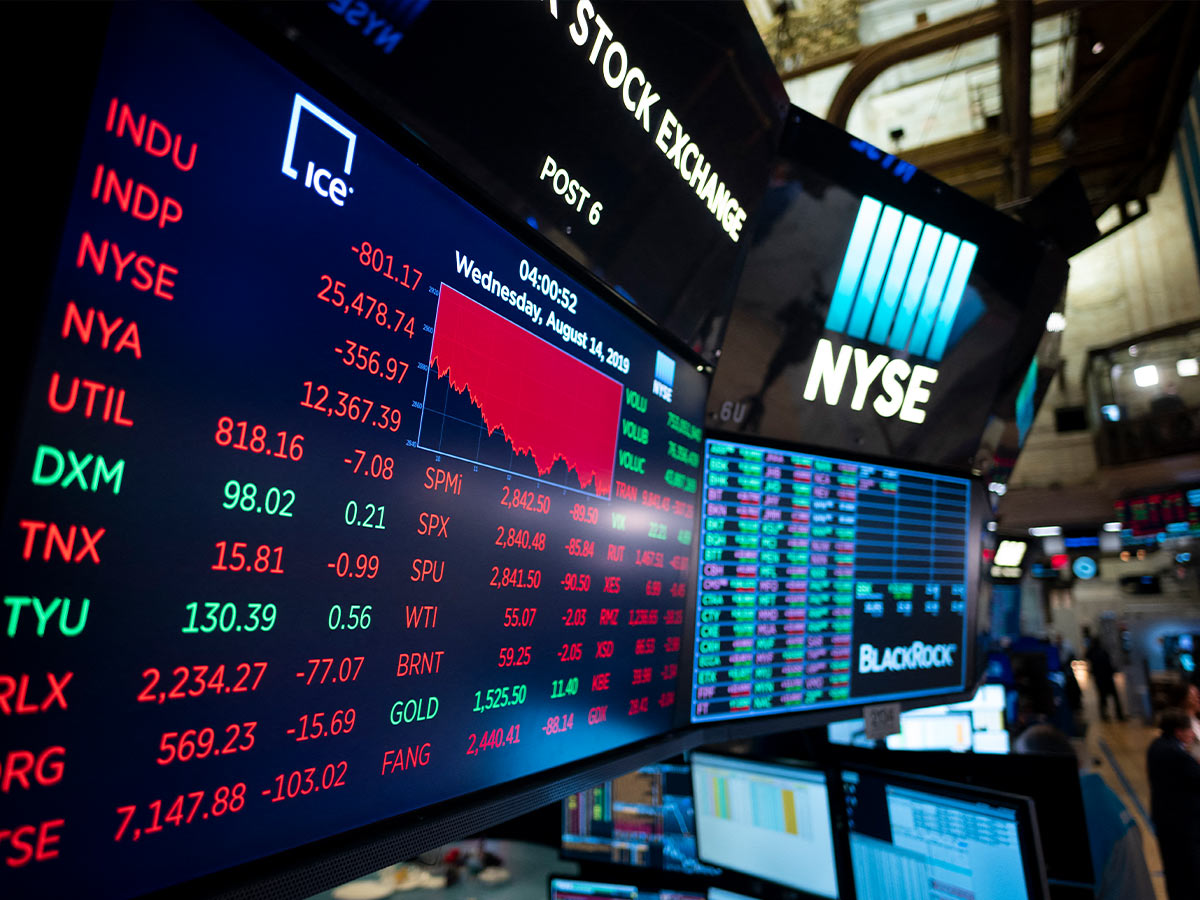
Rising Unemployment Rates

Rising unemployment rates often signal economic trouble. By March 2025, the U.S. unemployment rate climbed to 4.2%, the highest since November. More than 7 million people were jobless, and increasing layoffs mean fewer people earning money to spend, slowing the economy.
This trend can hurt businesses, as lower spending reduces demand for goods and services, leading to further job cuts. Initial jobless claims also rose, showing fewer new opportunities. These patterns often create a cycle of economic decline, signaling a possible recession for 2025.
Declining Consumer Confidence

When consumer confidence drops, it shows people are worried about the economy. The April 2025 University of Michigan survey revealed a consumer sentiment index of 50.8, one of the lowest since 1952, signaling growing fear about jobs, prices, and finances.
Low confidence leads to less spending, since people save more when uncertain. Spending fuels about 70% of the U.S. economy, so reduced shopping can slow growth. With rising tariffs and inflation concerns, consumer caution hints at economic trouble ahead.
Falling Retail Sales
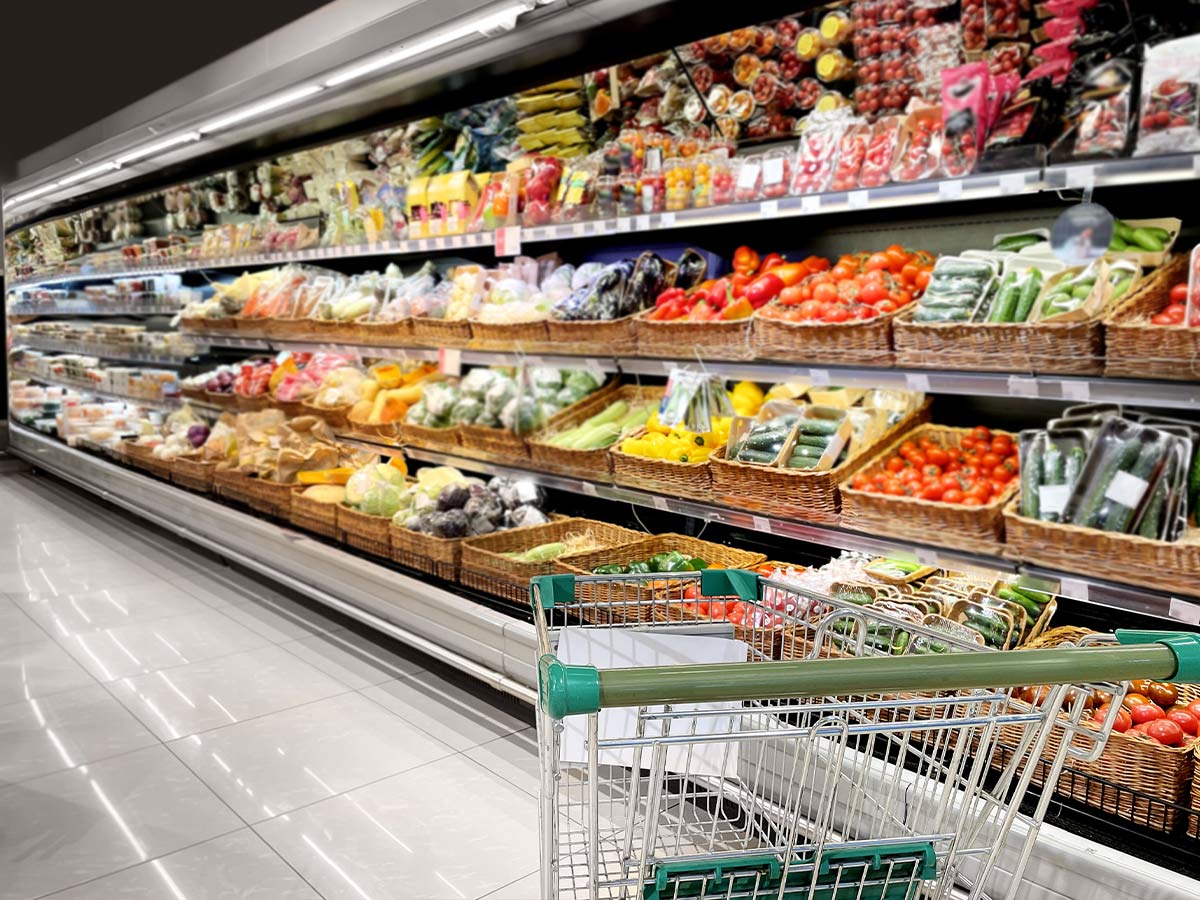
While March 2025 retail sales rose 1.4%, better than expected, concerns linger about a slowdown in discretionary spending. People are focusing more on essential goods, which shows they may be cutting back due to worries about rising costs and economic uncertainty.
Discretionary spending, like on hobbies or entertainment, is a key driver of the economy. If consumers pull back, it signals lower confidence in their finances. This trend often snowballs, as businesses see less demand, leading to job cuts and slower economic growth.
Slowing GDP Growth
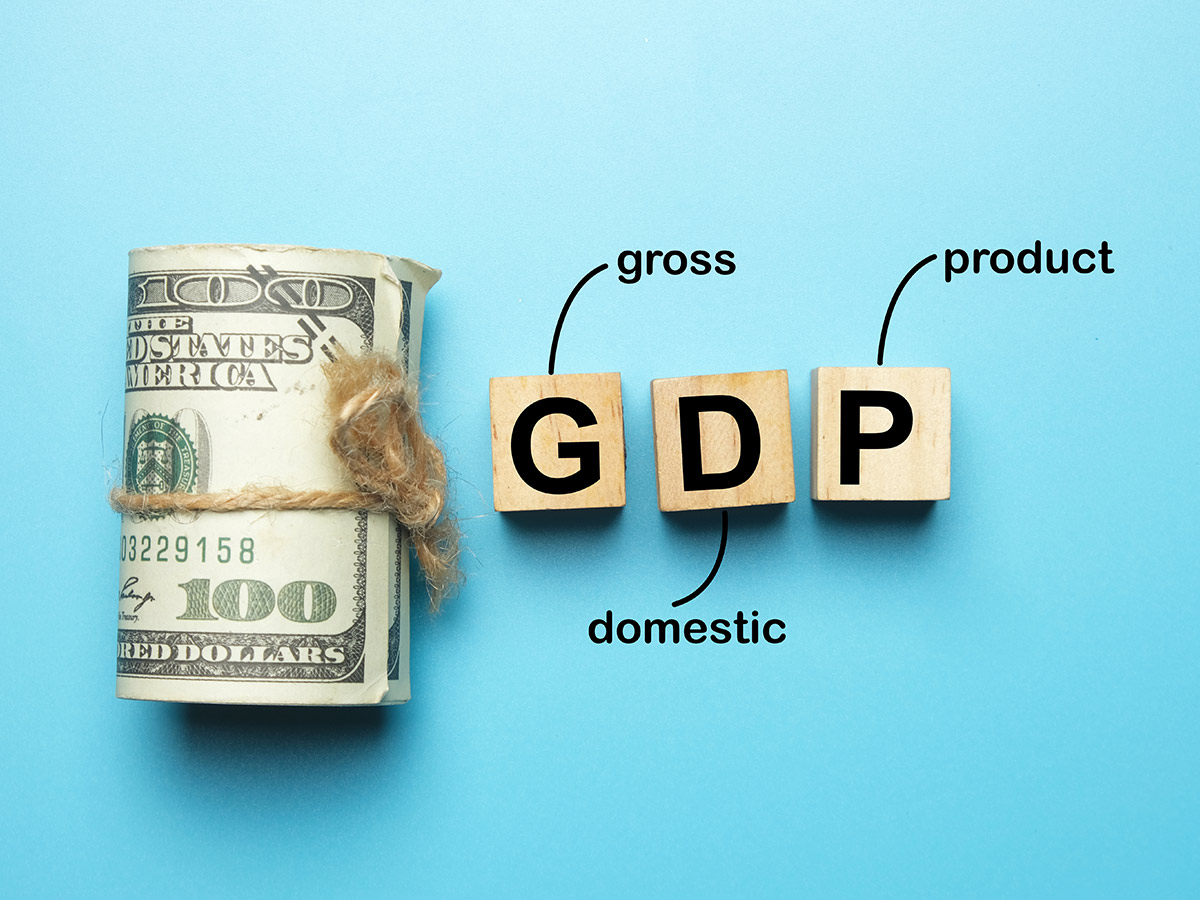
Slowing GDP growth often hints at economic trouble. The Atlanta Fed's GDPNow model predicts a -2.2% rate for Q1 2025, showing the economy is shrinking. CNBC reported just 0.3% growth earlier, a big drop from Q4 2024's 2.3% growth, signaling weakness.
When GDP slows or contracts, businesses earn less, leading to fewer jobs and lower wages. This creates a cycle where people spend less, harming industries further. With ongoing concerns like tariffs and weak consumer confidence, this trend may point to a looming recession for 2025.
Stock Market Volatility
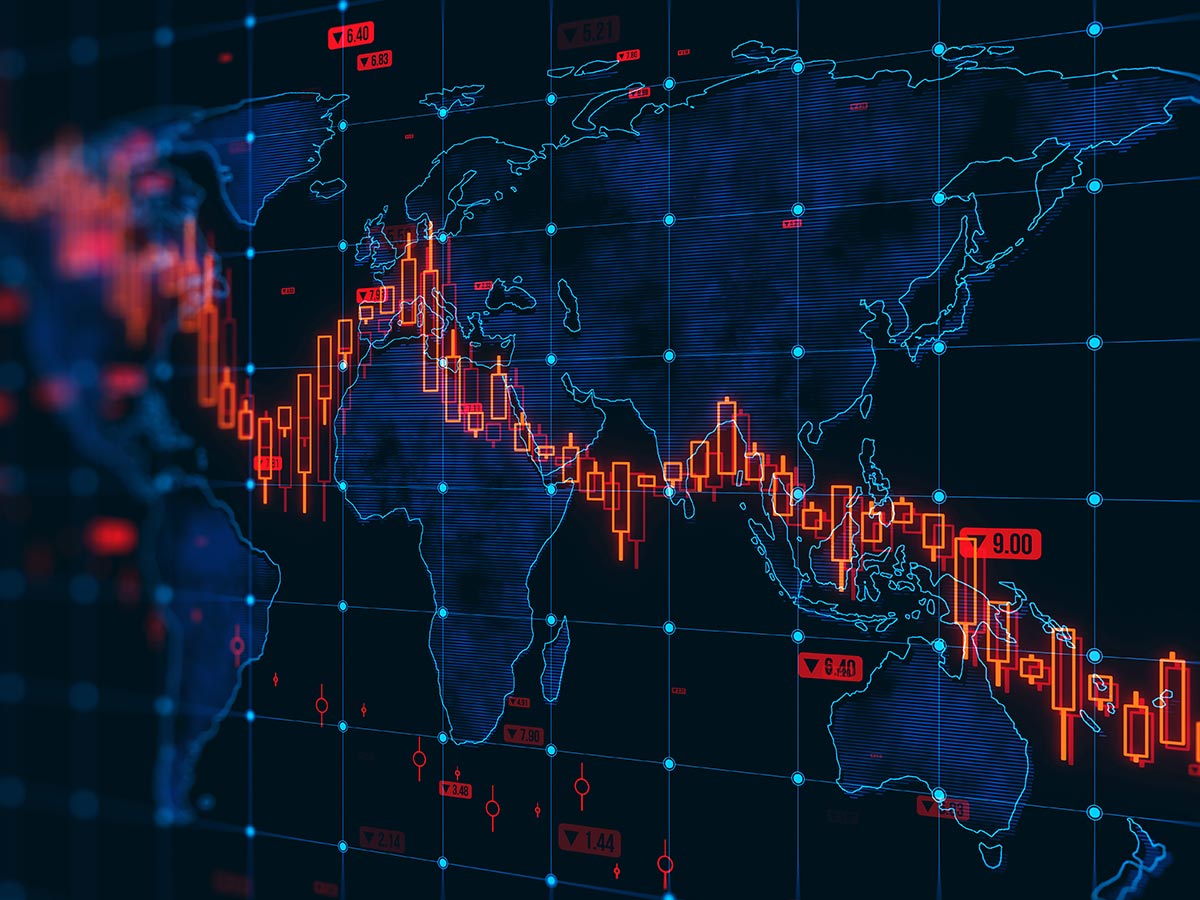
Sharp swings in the stock market often signal that investors are worried about the economy. Recently, the S&P 500's intraday volatility doubled to 44%, a level not seen since 2008. The Dow tumbled 1,500 points on consecutive days, alarming analysts.
High volatility shows uncertainty about the future, leading businesses and consumers to act cautiously. Investors fear lower profits, higher expenses, and reduced growth, causing market instability. When this happens alongside other economic challenges, it can point toward a potential recession.
Rising Inflation

Rising inflation can make life more expensive while reducing the value of money. In March 2025, inflation was 2.4%. This means the cost of goods and services grew, putting pressure on families who earn the same or less than before.
When people buy less due to high prices, businesses make fewer sales, which can lead to layoffs and slowed growth. If the trend continues, it could hurt the entire economy, creating the conditions for a recession later in 2025.
Tightening Monetary Policy
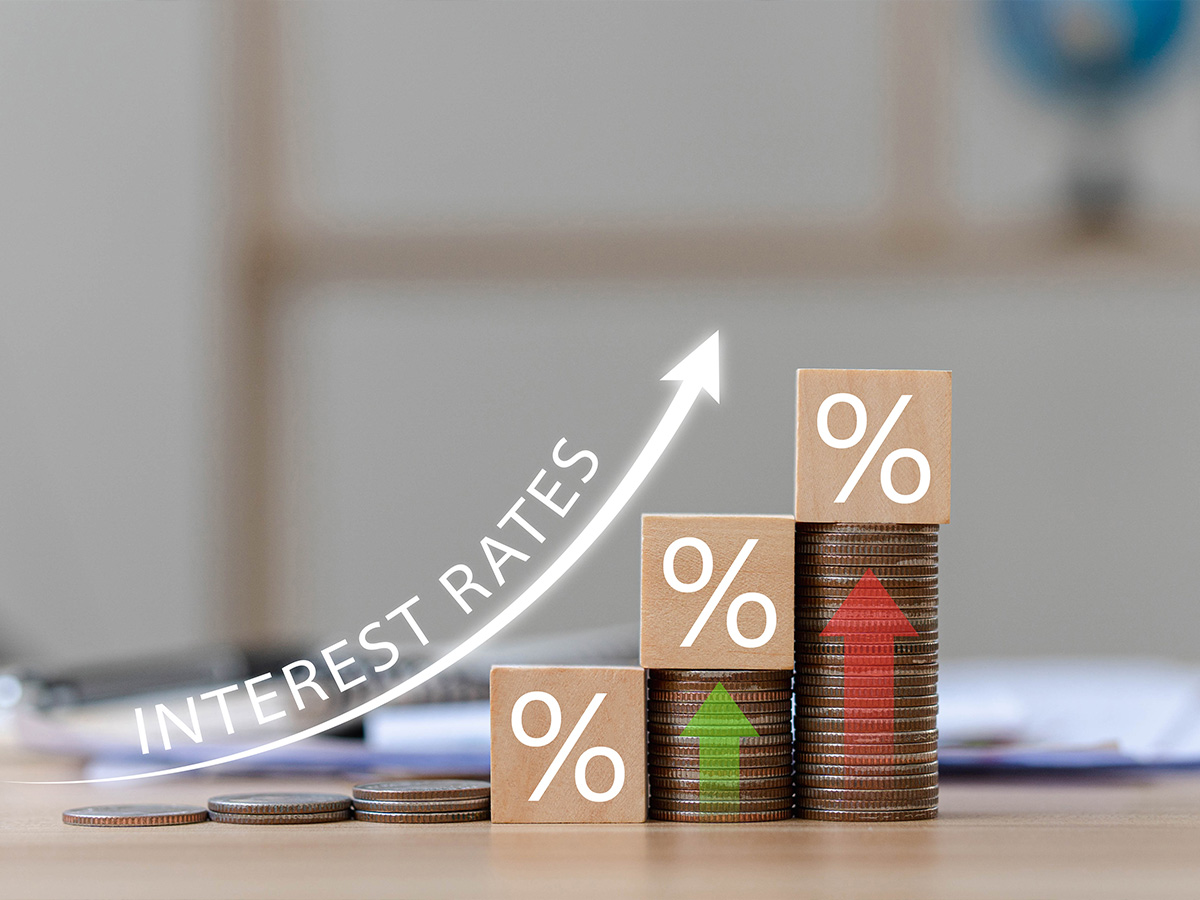
When the Federal Reserve raises interest rates, like the current 4.25%-4.5% range, borrowing becomes more expensive. This slows spending by businesses and consumers, reducing the demand for goods and services, which can weaken the economy over time.
Higher rates can discourage companies from taking out loans for growth or hiring. For individuals, mortgages and credit card debt become pricier, cutting disposable income. This cooling effect can lead to slower economic activity.
Declining Business Investment

Businesses pulling back on investments in equipment and technology is a warning sign for the economy. With U.S. growth projected at just 0%-0.5% in 2025, companies are hesitant to spend, especially amid uncertainty from new tariffs and rising costs.
This cautious approach by businesses impacts jobs and innovation. When firms stop expanding, it slows economic activity as fewer projects and purchases ripple through the economy.
Housing Market Slump

The housing market has cooled significantly in 2025. Rising mortgage rates have pushed many potential buyers out of the market, leading to declines in home sales and construction.
Fewer home sales impact a range of supporting industries, from furniture to contractors. A prolonged slump could weigh heavily on the economy through reduced consumer and business activity.
Rising Corporate Debt
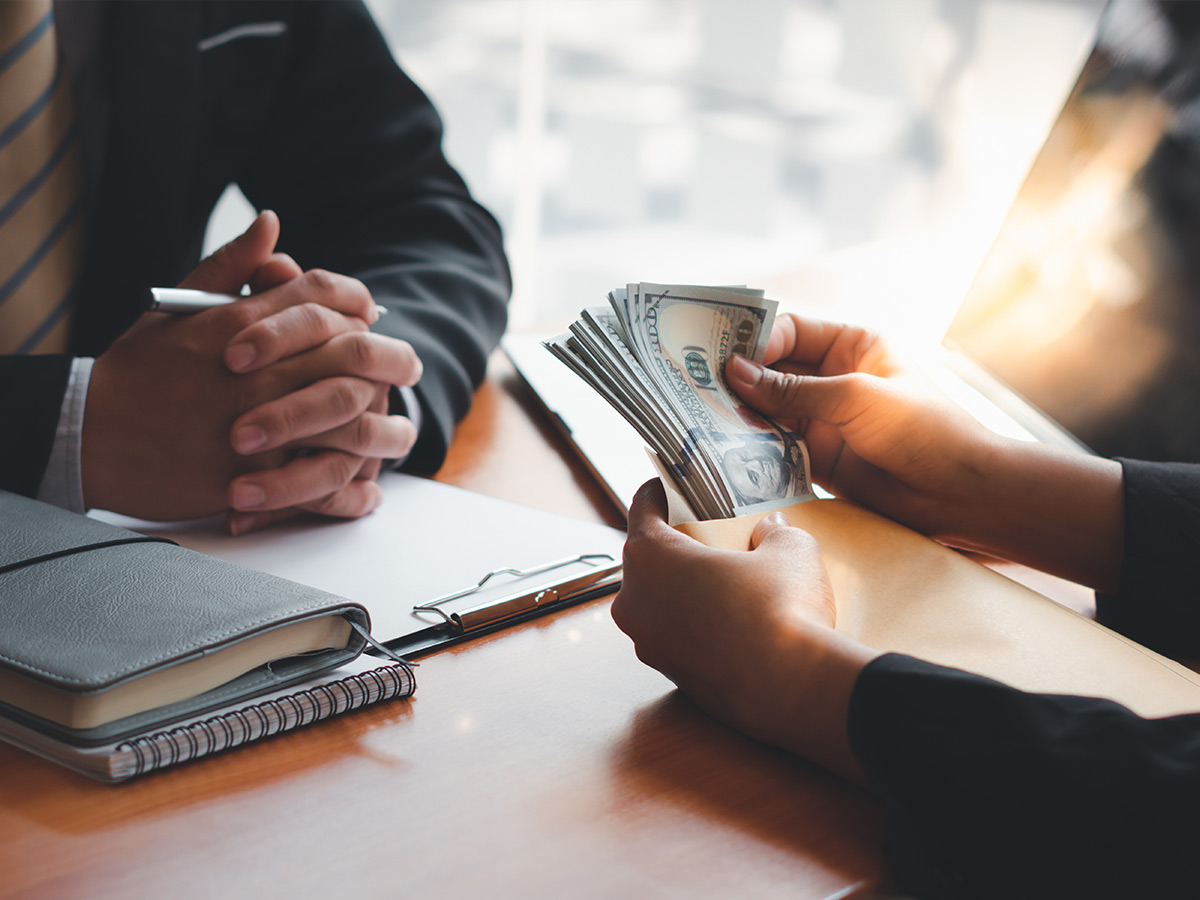
High corporate debt levels raise concerns about financial stability. Recently, corporate debt requests increased by 16.9%, and borrowing costs have surged due to wider bond spreads. Rising tariffs and economic uncertainty make it harder for businesses to manage debt burdens.
During economic slowdowns, companies with heavy debt may struggle to repay loans, leading to defaults. This creates ripples across the economy, as lenders face losses and businesses tighten spending to survive.
Banking Sector Stress

Stress in the banking sector can signal economic problems. For instance, the KBW Regional Banking Index dropped 7.5%, showing investor concerns. Additionally, a bank with $49.5 million in assets failed in January 2025, raising questions about the financial system’s stability.
Banks play a key role in supporting the economy through loans. Reduced lending or bank stress can limit access to credit for businesses and individuals. This can slow investments and spending, increasing the chances of a recession later in 2025.
High Consumer Debt

High consumer debt can weaken the economy. U.S. household debt has reached $18 trillion, an all-time high, with credit card balances hitting $1.2 trillion. Rising delinquency rates, now at 8.96%, show that more people are struggling to pay their debts.
When families focus on debt payments, they cut back on spending, reducing demand for goods and services. This impacts businesses, leading to slower growth and fewer jobs.
Weak Manufacturing Data

Weak manufacturing data is often a warning sign for the economy. The ISM manufacturing index dropped to 49 in March 2025, signaling contraction in factory activity. Key industries like automotive and machinery have reported production slowdowns this year.
At the same time, growth in factory orders is slowing, showing weaker demand for goods. When factories produce less, it impacts jobs and the supply chain. Businesses may cut hours or lay off workers, reducing income and spending.
Global Economic Slowdown

Major trading partners, including China and the EU, are experiencing their own economic struggles. Weak foreign demand in 2025 has begun impacting U.S. exports, adding to domestic challenges.
The interconnected nature of the global economy means domestic growth could stagnate further if international conditions don’t improve. Trade policies will play a critical role in mitigating these risks.
Falling Commodity Prices

Commodity prices, especially oil and agricultural goods, have declined in 2025, signaling weakened global demand. While lower prices can benefit consumers, they harm producers and resource-dependent economies.
This drop can be a double-edged sword, offering temporary relief to consumers but indicating deeper economic challenges globally. When prices for oil, metals, and crops drop sharply, companies in these industries suffer losses, leading to job cuts and reduced investments.
Rising Credit Card Delinquencies

Rising credit card delinquencies signal financial stress for U.S. consumers. Delinquencies have reached a 12-year high, with 7.18% of credit card accounts now 90 or more days overdue. This indicates that many people are struggling to keep up with their debt payments.
When families can’t pay their bills, they often cut back on spending, which hurts businesses and slows the economy. If this trend continues, fewer jobs and less investment could follow, increasing the risk of the U.S. entering a recession in 2025.
Declining Small Business Optimism

Small business optimism has fallen in 2025, reflecting economic uncertainty. High borrowing costs, labor shortages, and weakening demand have dampened expansion plans among entrepreneurs.
Small businesses are often seen as the backbone of economic growth, so their struggles indicate broader issues. Restoring confidence in this sector will be vital for long-term recovery.
Government Debt Concerns
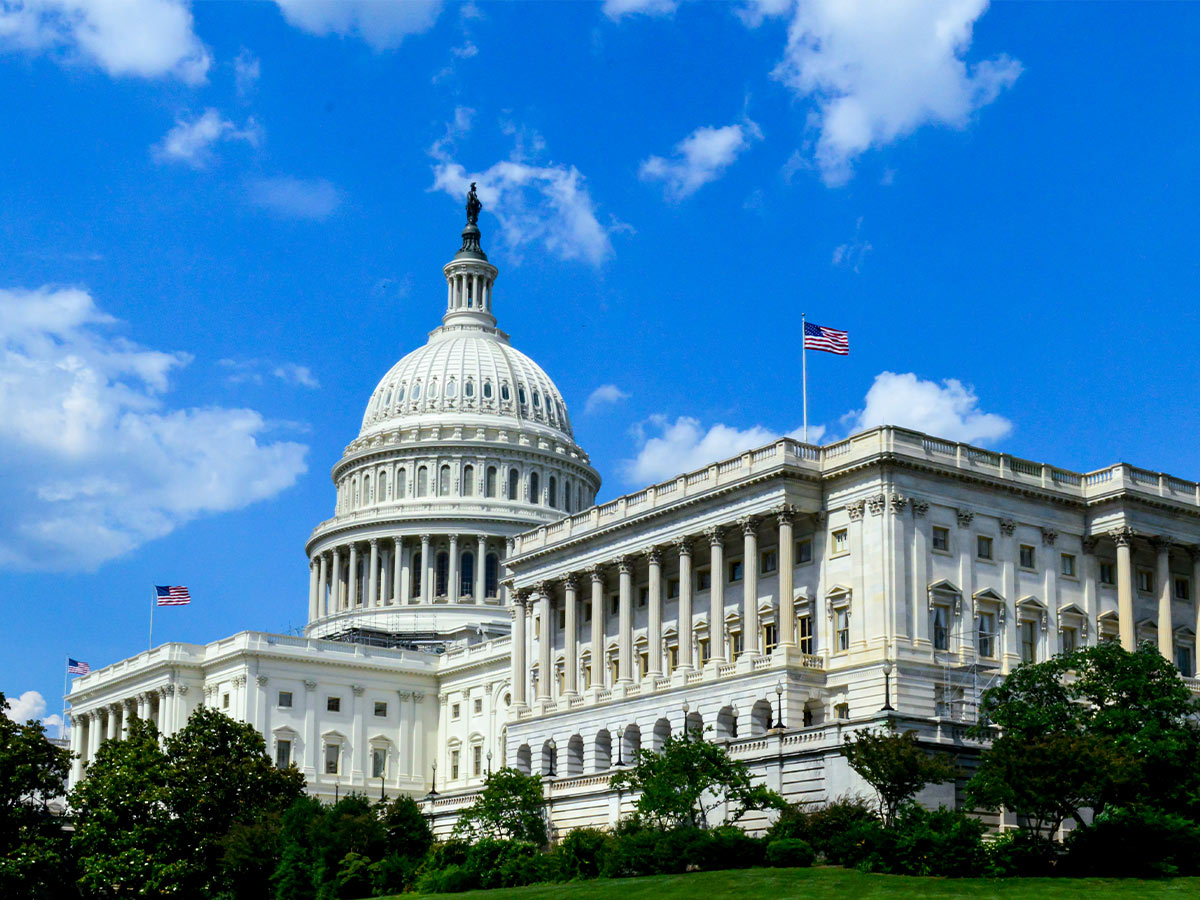
High government debt makes it harder to handle an economic crisis. The U.S. debt reached $36.22 trillion in 2025, and rising interest payments now take up 13.55% of federal spending. This leaves less money for creating jobs or helping struggling businesses.
When debt limits options, the government can't respond effectively to downturns, like funding stimulus programs. If another economic shock hits, businesses and families may face bigger challenges, increasing the risk of a recession this year.
Geopolitical Tensions
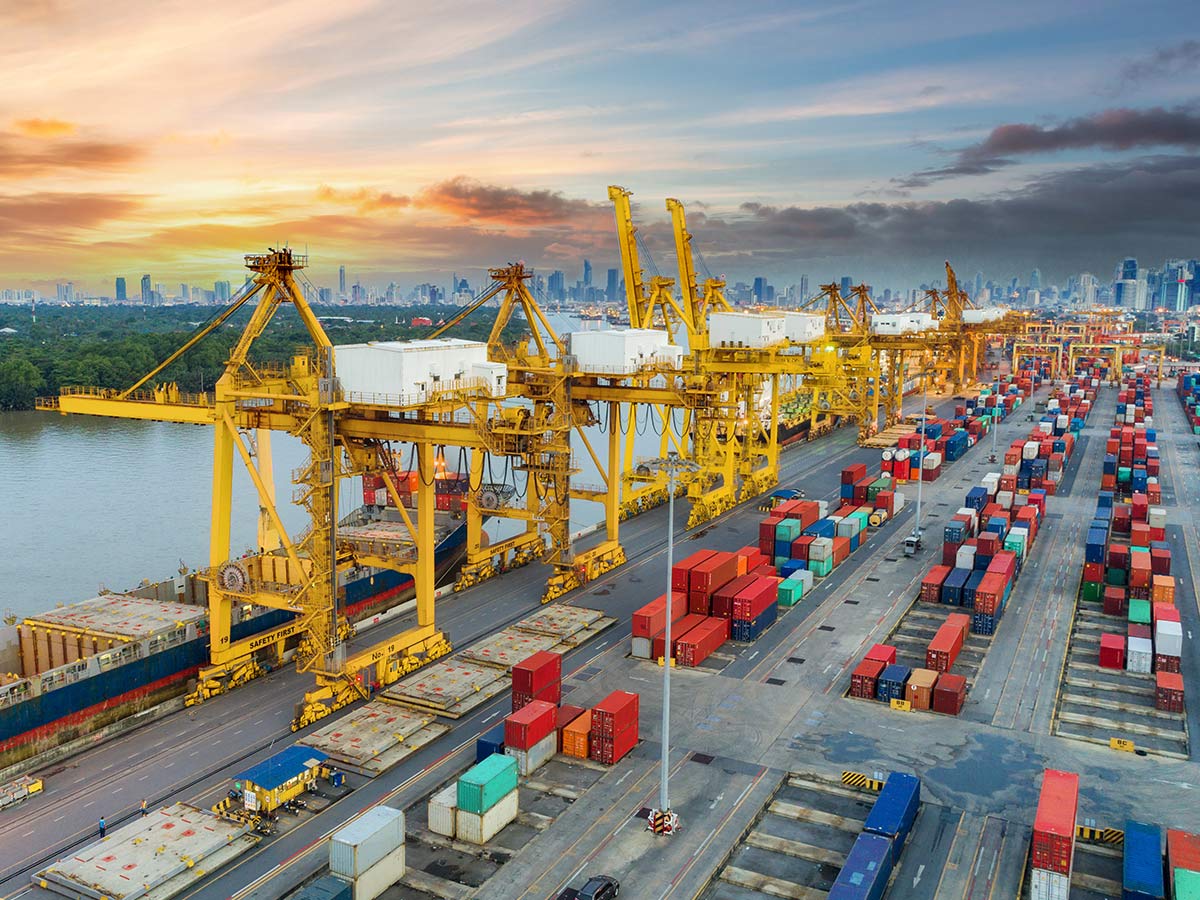
Geopolitical tensions, like trade disputes and conflicts, disrupt markets and the global economy. Recent tariffs have strained U.S. trade relationships, lowering exports and raising costs. Stock markets reflect this instability, with the S&P 500 dropping 10% in just two days this April.
When trade and markets suffer, businesses hesitate to invest, reducing jobs and consumer confidence. These effects ripple through the economy, slowing growth and increasing recession risks.
 Author
Katy Reagan
Last Updated: July 27, 2025
Author
Katy Reagan
Last Updated: July 27, 2025